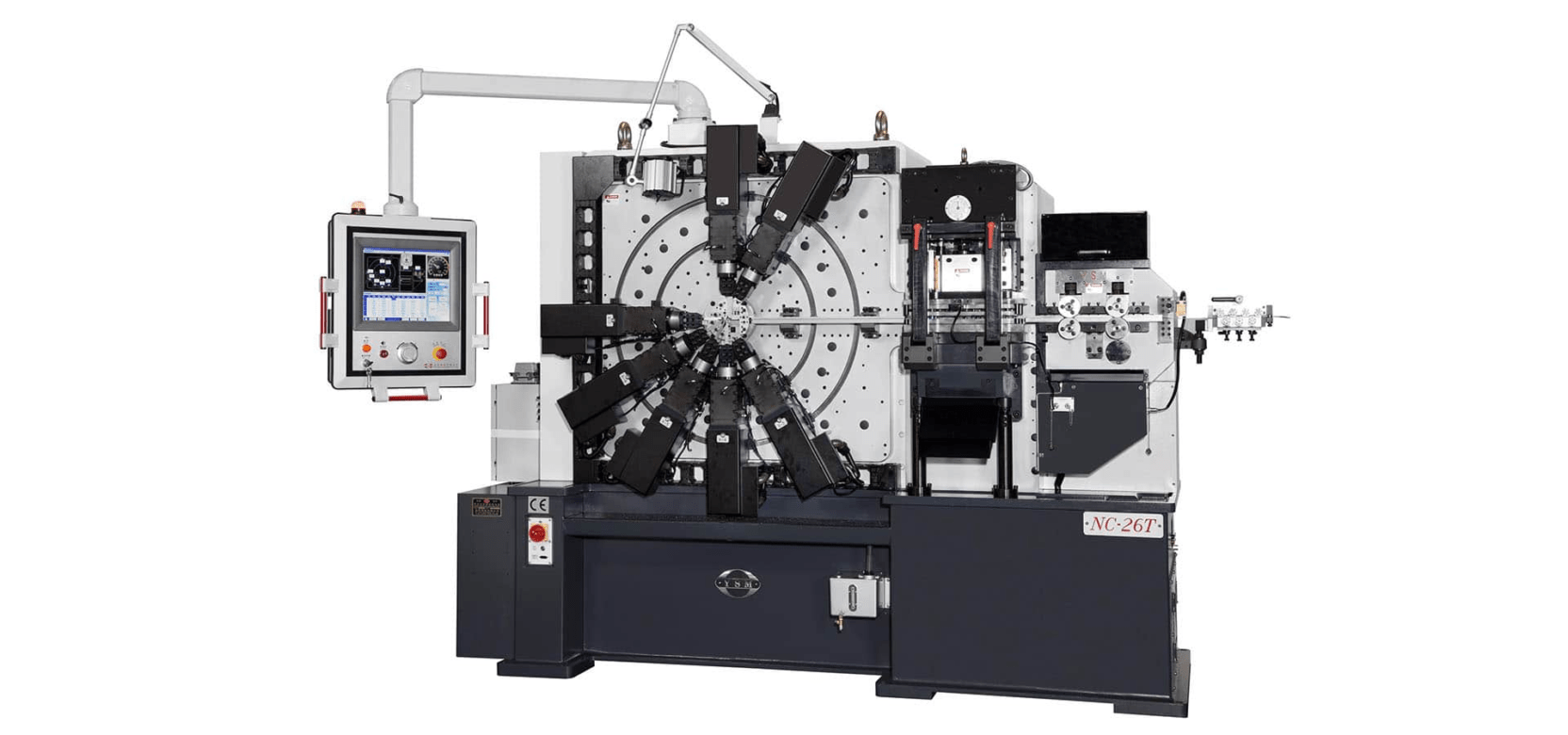Process Automation in India
YSM
Established in 1979 – YSM today has evolved into the Top 3 global leaders in providing Stamping and Bending manufacturing solutions. Our greatest asset is not just an effective workforce, but our well-trained and competent support team of over.

Process Automation in India

The key goal of process automation is to reduce human intervention in repetitive, rule-based tasks, allowing employees to focus on more creative, strategic, and value-added activities. This not only boosts productivity but also enhances the overall quality of work. To understand the concept more deeply, let’s explore the various facets of process automation.
1. Automation Technologies:
There are several technologies that play a vital role in process automation:
- Robotic Process Automation (RPA): RPA involves the use of software robots (or bots) to mimic human interactions with computer systems. These bots can perform tasks such as data entry, data extraction, and transaction processing. They follow predefined rules and are exceptionally efficient in repetitive tasks.
- Machine Learning and Artificial Intelligence (AI): Machine learning and AI algorithms can be applied to automate more complex and cognitive tasks. For instance, natural language processing (NLP) can automate customer support inquiries by understanding and responding to text or voice queries.
- Workflow Automation: Workflow automation tools help design, manage, and streamline complex business processes. They ensure that tasks and information flow seamlessly between different departments and systems, eliminating bottlenecks and delays.
2. Benefits of Process Automation:
The implementation of process automation brings about several advantages for organizations:
- Enhanced Efficiency: Automation reduces the time required to complete tasks, leading to faster operations and quicker response times. This can significantly improve customer satisfaction and competitiveness.
- Accuracy: Automated processes are less prone to errors caused by fatigue, oversight, or inconsistency. This results in higher data accuracy and reduced rework.
- Cost Savings: By minimizing manual labor and the associated human errors, process automation can lead to significant cost savings in terms of labor and operational expenses.
- Scalability: Automated processes can be easily scaled to accommodate growing business needs without a proportional increase in labor costs.
- Improved Compliance: Automation ensures that tasks are consistently executed according to predefined rules and regulations, reducing the risk of compliance issues.
- Data Insights: Automation can generate valuable data and analytics, providing insights into process performance, customer behavior, and operational efficiency. This data can inform strategic decision-making.
3. Use Cases of Process Automation:
Process automation can be applied across various industries and functions:
- Finance and Accounting: Automation can streamline invoice processing, expense management, and financial reporting, reducing manual data entry and improving accuracy.
- Human Resources: HR departments can automate recruitment, onboarding, payroll, and employee performance management processes.
- Customer Service: Chatbots and AI-driven systems can handle routine customer inquiries, freeing up human agents for more complex issues.
- Manufacturing: Automation in manufacturing processes can improve product quality, reduce defects, and optimize supply chain management.
- Healthcare: Automation can enhance patient records management, appointment scheduling, and medical billing.
- Marketing: Automated marketing campaigns, email marketing, and customer segmentation can improve targeting and engagement.
4. Challenges and Considerations:
While process automation offers numerous benefits, it also presents challenges that organizations need to address:
- Initial Investment: Implementing automation technologies may require a significant upfront investment in software, hardware, and training.
- Change Management: Employees may resist automation, fearing job displacement. Effective change management strategies are essential to address these concerns.
- Integration: Ensuring that automated processes seamlessly integrate with existing systems and workflows can be complex and time-consuming.
- Security: Automation can introduce new security risks, and organizations must take measures to safeguard data and systems.
- Oversight and Monitoring: Automated processes still require oversight to ensure they function as intended and make adjustments when necessary.
5. The Future of Process Automation:
As technology continues to advance, process automation is poised for even greater growth and innovation. Future developments may include:
- Advanced AI Integration: More sophisticated AI capabilities will enable automation of complex decision-making processes.
- IoT Integration: The Internet of Things (IoT) will enable automation in areas such as predictive maintenance and smart supply chain management.
- Low-Code/No-Code Platforms: These platforms will make it easier for non-technical users to design and deploy automated processes.
- Hyper-Automation: This concept involves combining RPA with AI, machine learning, and other technologies to create highly integrated and intelligent automation solutions.
In conclusion, process automation is a transformative force in today’s business landscape. It empowers organizations to optimize operations, reduce costs, and deliver higher-quality products and services. While challenges exist, the benefits of automation are clear, and its continued evolution promises even more opportunities for innovation and growth in the years to come.